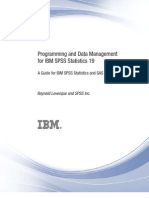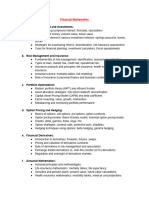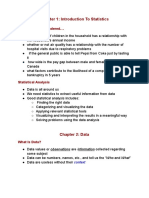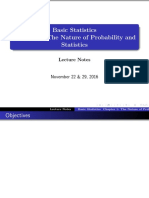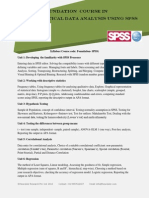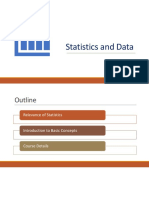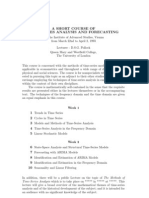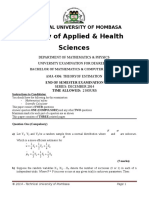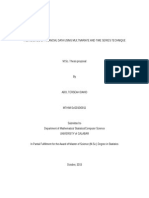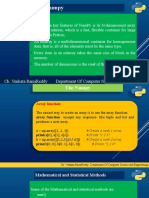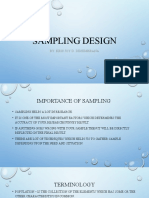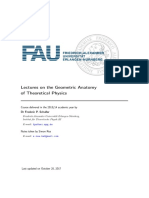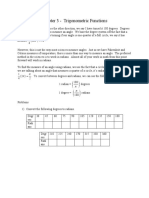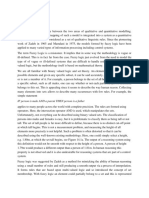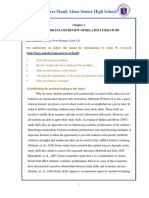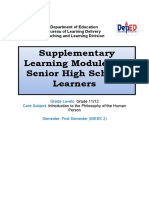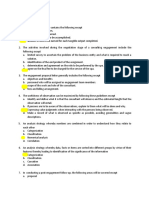0% found this document useful (0 votes)
278 views10 pagesSampling Techniques - Towards Data Science
This document discusses various sampling techniques used in research. It defines key terms like population, sample, and sampling. It categorizes sampling techniques into two groups: probability sampling and non-probability sampling. Probability sampling uses random selection to give all population elements an equal chance of being selected, while non-probability sampling does not use randomization. Some examples of probability sampling techniques provided are simple random sampling, stratified sampling, cluster sampling, systematic sampling, and multistage sampling. Non-probability sampling examples include convenience sampling, purposive sampling, quota sampling, and snowball sampling.
Uploaded by
mayuri kadlagCopyright
© © All Rights Reserved
We take content rights seriously. If you suspect this is your content, claim it here.
Available Formats
Download as PDF, TXT or read online on Scribd
0% found this document useful (0 votes)
278 views10 pagesSampling Techniques - Towards Data Science
This document discusses various sampling techniques used in research. It defines key terms like population, sample, and sampling. It categorizes sampling techniques into two groups: probability sampling and non-probability sampling. Probability sampling uses random selection to give all population elements an equal chance of being selected, while non-probability sampling does not use randomization. Some examples of probability sampling techniques provided are simple random sampling, stratified sampling, cluster sampling, systematic sampling, and multistage sampling. Non-probability sampling examples include convenience sampling, purposive sampling, quota sampling, and snowball sampling.
Uploaded by
mayuri kadlagCopyright
© © All Rights Reserved
We take content rights seriously. If you suspect this is your content, claim it here.
Available Formats
Download as PDF, TXT or read online on Scribd
/ 10


